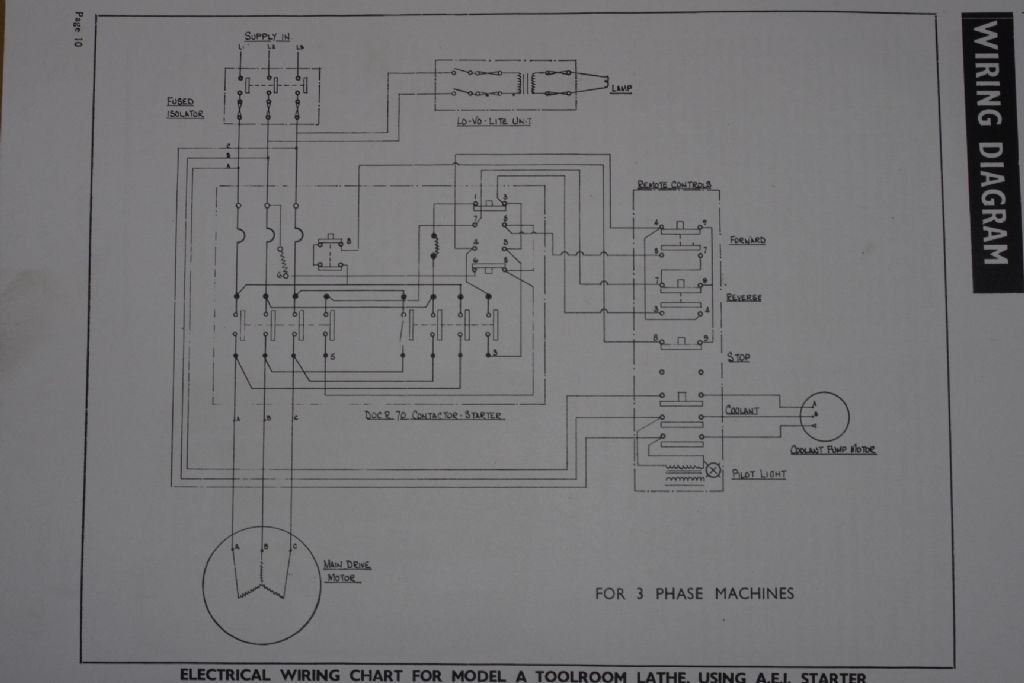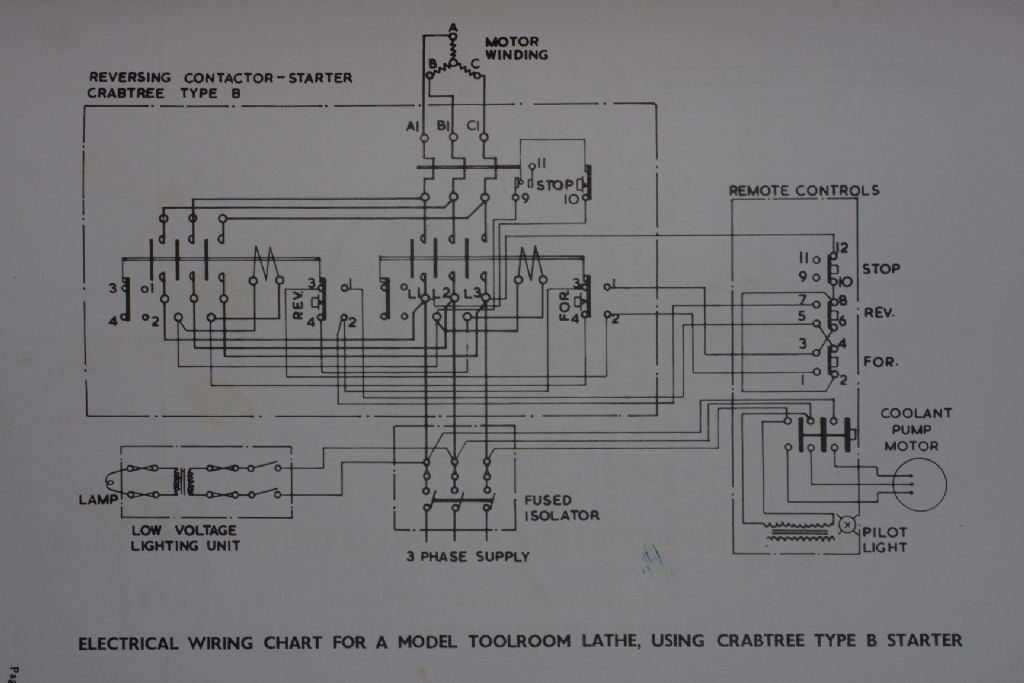Putting a switch between VFD output and motor is fine, if the switch is never operated while the VFD is running.
The output 3-phase bridge in a VFD will use MOSFETs or IGBTs as the switches. These transistors are pretty robust, with the exception of over-voltage. Voltage spikes are the quickest way to destroy the devices. The issue arising from switching the output while the VFD is running boils down to the law of induction:
v = -L(di/dt)
The voltage across an inductance is the self-inductance, L, times the rate of change of current. The minus sign indicates that the generated voltage is such that it tends to oppose the change in current. The coils in an induction motor have inductance. So if a VFD output is disconnected while running the coils in the motor are suddenly open circuit, with a current flowing. The voltage (back EMF) across the coils will rise rapidly as the current decreases in an attempt to counter the change in current. it is quite likely that the generated voltage will jump across the switch contacts and into the VFD bridge.
A secondary problem is that the motor currents are also flowing in the 3-phase bridge. The VFD busbars have inductance, so when the output is disconnected from the load the same problem of back EMF generated by the busbar inductance and change of current may also be enough to over-voltage the output switches. Never mind what the control algorithm may do when it sees the output currents decreasing.
It's best not to court disaster by wiring the VFD output direct to the motor. Direct wiring also makes it simpler to control radiated emissions from the output cables. The only controversial issue then becomes ground the output cable shield at one end, or both ends.
Andrew
old mart.







